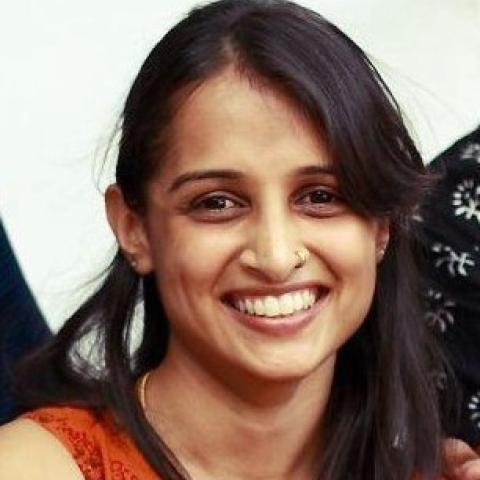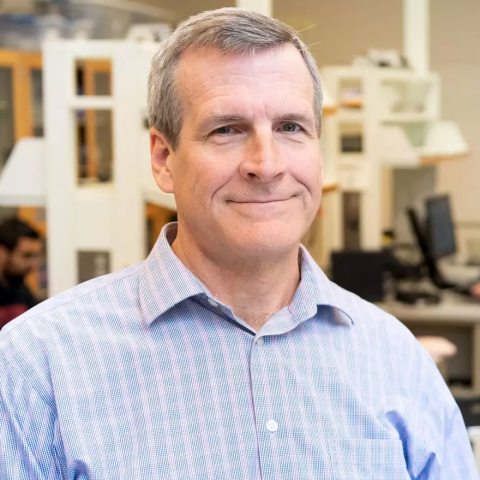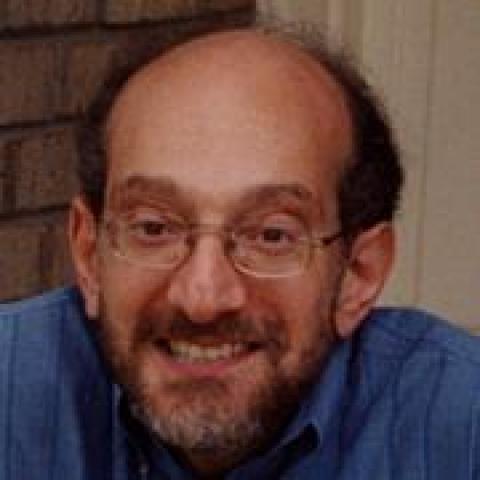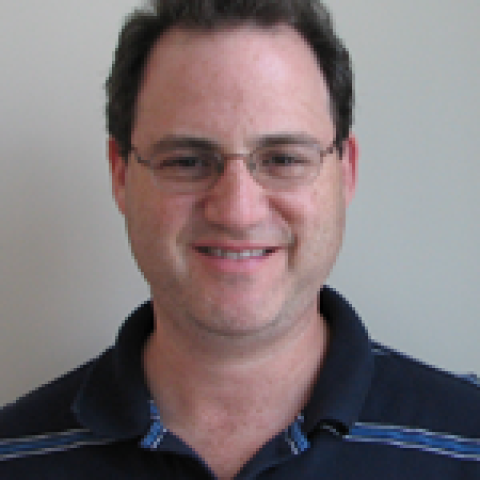Shweta Biliya



Dr. Pamela Bhatti is Professor and Associate Chair for Strategic Initiatives and Innovation at the School of Electrical and Computer Engineering, Georgia Tech. Her research is dedicated to overcoming sensory loss in human hearing through focused neural stimulation, and novel implantable sensors. Dr. Bhatti also conducts research in cardiac imaging to assess and monitor cardiovascular disease. She received her B.S. in Bioengineering from the University of California, Berkeley (1989), her M.S. in Electrical Engineering from the University of Washington (1993), and her Ph.D. in Electrical Engineering from the University of Michigan, Ann Arbor (2006). In 2013, she earned an M.S. in Clinical Research from Emory University, and co-founded a startup company (Camerad Technologies) based on her research in detecting wrong-patient errors in radiology. Dr. Bhatti is the IEEE Journal of Translational Engineering in Health and Medicine, Editor-in-Chief; and, in 2017, received the Georgia Tech Class of 1934 Outstanding Interdisciplinary Activities Award.
Biomedical sensors and subsystems including bioMEMS Neural prostheses: cochlear and vestibular Vestibular rehabilitation

Saad Bhamla studies biomechanics across species to engineer knowledge and tools that inspire curiosity.
Saad Bhamla is an assistant professor of biomolecular engineering at Georgia Tech. A self-proclaimed "tinkerer," his lab is a trove of discoveries and inventions that span biology, physics and engineering. His current projects include studying the hydrodynamics of insect urine, worm blob locomotion and ultra-low-cost devices for global health. His work has appeared in the New York Times, the Economist, CNN, Wired, NPR, the Wall Street Journal and more.
Saad is a prolific inventor and his most notable inventions includes a 20-cent paper centrifuge, a 23-cent electroporator, and the 96-cent hearing aid. Saad's work is recognised by numerous awards including a NIH R35 Outstanding Investigator Award, NSF CAREER Award, CTL/BP Junior Faculty Teaching Excellence Award, and INDEX: Design to Improve Life Award. Saad is also a National Geographic Explorer and a TED speaker. Newsweek recognized Saad as 1 of 10 Innovators disrupting healthcare.
Saad is a co-founder of Piezo Therapeutics.
Outside of the lab, Saad loves to go hiking with his partner and two dogs (Ollie and Bella).
Biotechnology; Complex Systems; Materials and Nanotechnology. The Bhamla Lab explores fundamental and applied research questions through the development of new experimental tools and techniques at the intersection of soft matter, organismic physics and global health. Ultra-fast Organismic Physics Biologists are just starting to systematically examine ultrafast motion across species (jellyfish, mantis shrimp, trap-jaw ants), some of which achieve accelerations exceeding a million g-forces in nanoseconds. At the single-cell level, the physical biology of ultra-fast motility remains poorly understood. What is the fastest motion a single cell can achieve? How do single-cell organisms amplify power and survive repeated high accelerations? These fundamental questions guide our exploration of several non-model unicellular and multicellular organisms to uncover the principles of extreme motility at cellular scales. Biological Soft Matter Our bodies are composed almost entirely of soft, wet, squishy materials. How do the fundamental principles of soft matter and complex fluids enable us to grasp dynamic processes, from the self-assembly of proteins to the stretching of a spider web? We study a spectrum of biological soft matter, from the tears on our eyes to biological foams from insects, with the goal of connecting the microscale structures (lipids, proteins) to their consequences for macroscale biological function (contact lens-eye interaction, microbiome health). As engineers, we leverage this understanding for human-health applications, ranging from diagnostics and monitoring to artificial therapeutic replacements and biomedical devices. Frugal Science and GlobalHealth Today, although information is free to anyone with internet, access to scientific tools and healthcare devices still has many barriers. How do we design and build tools that are scientifically rigorous, but cost a few cents on the dollar? Driven by the spirit of doing “frugal science”, we box ourselves in to find out of the box solutions for global challenges in science education, agriculture, and healthcare. Projects in this area include field-work, science outreach, and citizen-science initiatives. Disciplines: Biotechnology Complex Systems Materials and Nanotechnology

Paul Benkeser is a professor and senior associate chair in the Wallace H. Coulter Department of Biomedical Engineering at Georgia Tech and Emory University. A member of the Georgia Tech faculty since 1985, he was one of the founding faculty of the Coulter Department in 1998 and served as its first associate chair for undergraduate studies.
His early research interests were in therapeutic and diagnostic applications of ultrasound. After joining the Coulter Department he redirected his energies toward enhancing undergraduate biomedical engineering education, with particular interests in integrating problem-driven learning and global experiential learning opportunities in the curriculum. His research and education endeavors have been funded by grants from NIH, NSF, the Department of Veterans Affairs, and the Whitaker Foundation.
Dr. Benkeser has been active in engineering accreditation activities for ABET since 2002, serving in a number of capacities including program evaluator, EAC Commissioner, and member of its board of delegates. He is a member of the American Institute for Medical and Biological Engineering, Biomedical Engineering Society, and American Society for Engineering Education, and a senior member of the Institute of Electrical and Electronics Engineers.
He received his BS from Purdue University and MS and PhD from the University of Illinois at Urbana-Champaign, all in electrical engineering.

Guy Benian is a professor of cell biology and pathology in the Department of Pathology and Laboratory Medicine at Emory University School of Medicine. His research focus is on myofibril assembly and maintenance in the model genetic system, Caenorhabditis elegans; focus on the functions and structures of giant multi-domain proteins, and the mechanism by which myofibrils are attached to the muscle cell membrane and transmit force.


As a physician scientist, Dr. Bauser-Heaton's clinical and research interests are focused on pulmonary vascular disease. Our 3D bioprinted disease modeling allows study of patient specific geometries and cell types for potential therapeutic targets. Through collaborations with several IBB members, we have created a pipeline for disease modeling that includes computational fluid dynamics, particle image velocity measurement of shear stress, additive manufacturing and iPSC utilization.



Gary J. Bassell, Ph.D. joined the faculty at Emory University School of Medicine in 2005, where he is currently Professor and Chair of the Department of Cell Biology. His personal lab’s main interest is in understanding the mechanisms and functions of mRNA transport and local protein synthesis in neurons of the central and peripheral nervous system. The lab utilizes in vitro and in vivo mouse models and induced pluripotent stem cells (iPSCs) to study the basic mechanism, regulation and function of mRNA localization and local translation in axonal growth cones and dendritic spines. Prior to moving Emory, Dr. Bassell was a member of the faculty at the Albert Einstein College of Medicine, in the Department of Anatomy and Structural Biology (1995-1998) and subsequently in the Department of Neuroscience and Rose Kennedy Center for Mental Retardation (1998-2005).